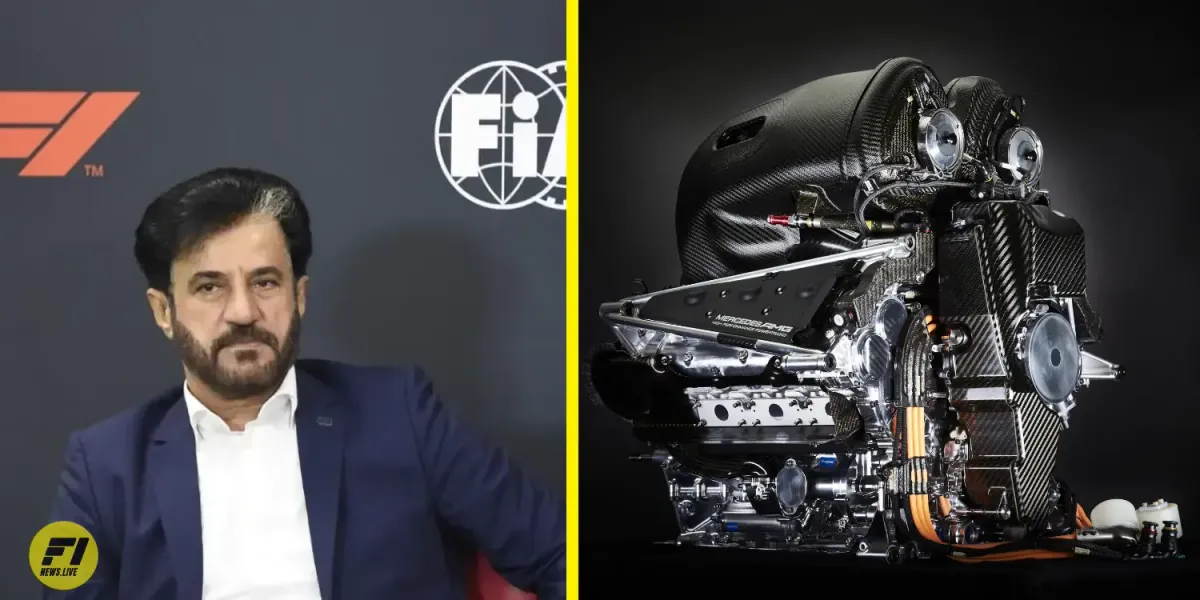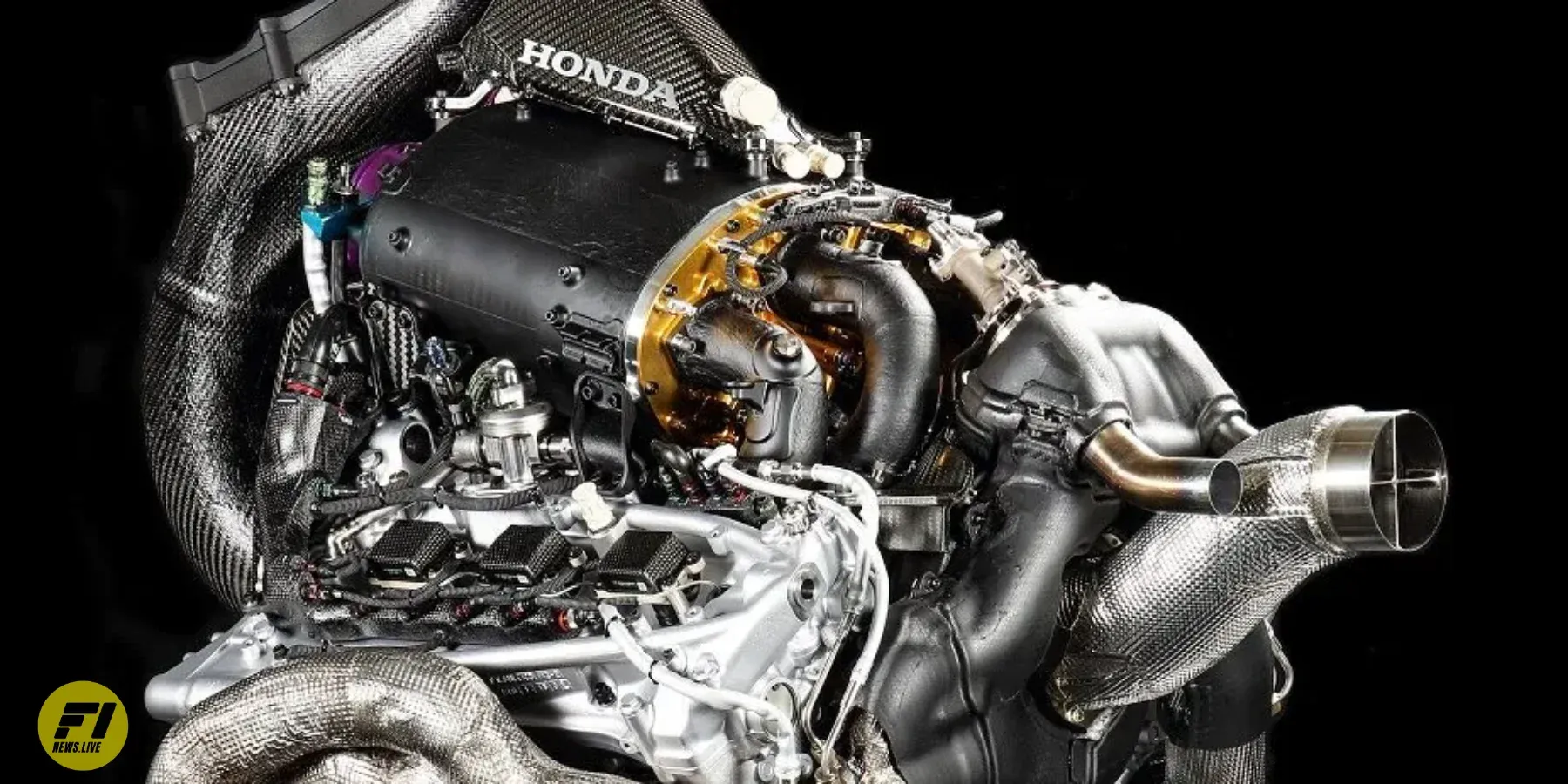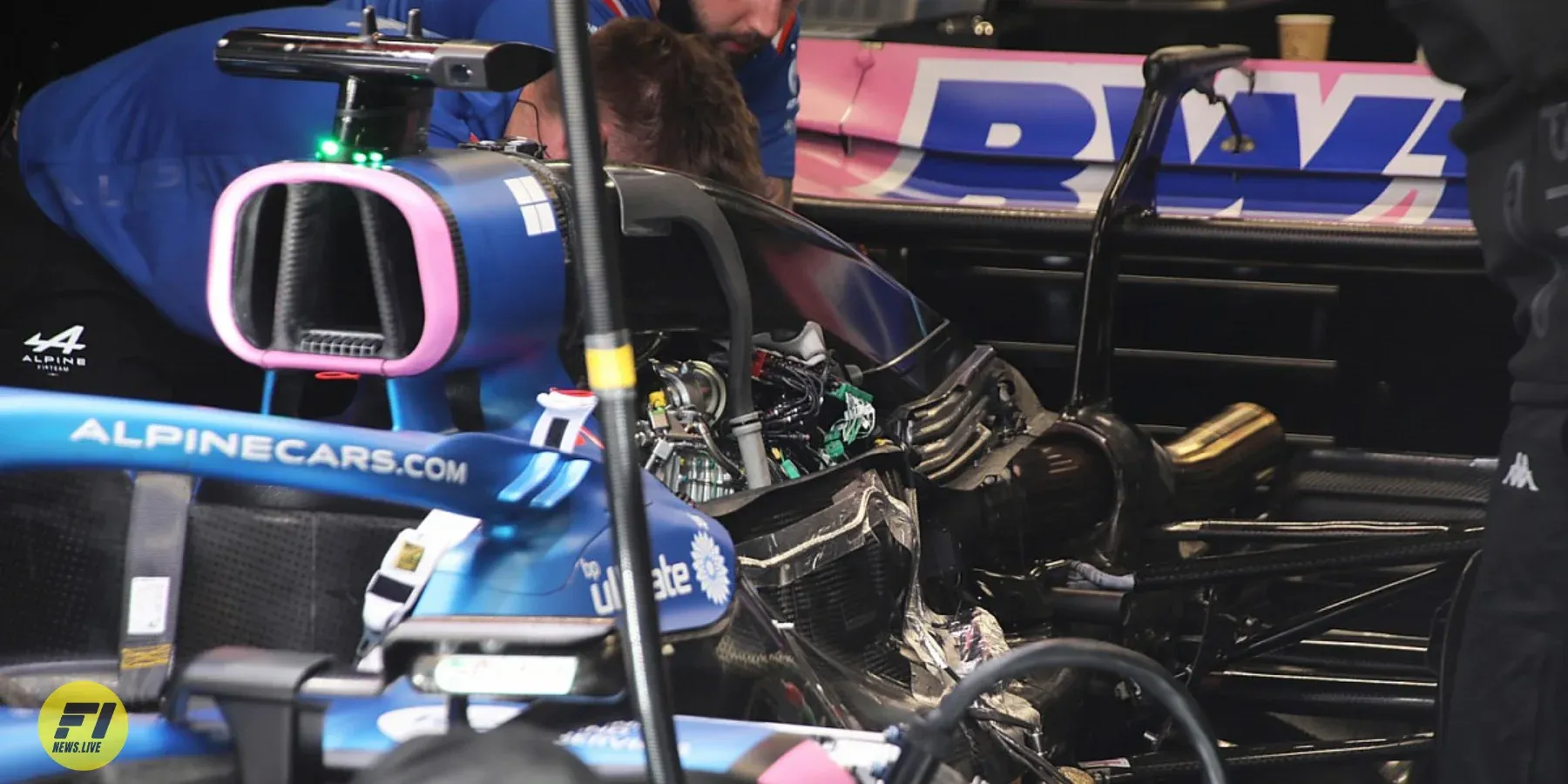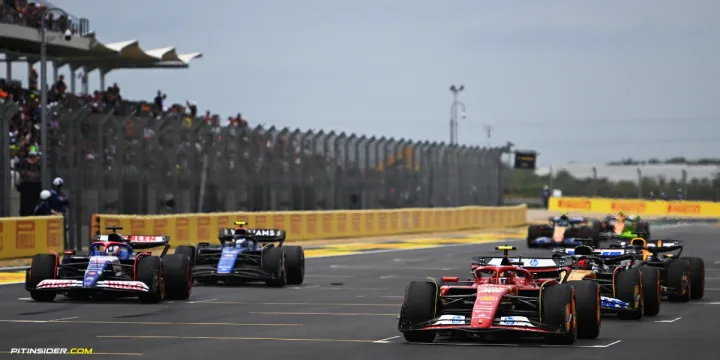FIA closes loopholes in 2026 engine regulations
The FIA has introduced amendments to the 2026 engine regulations to close potential loopholes that could have allowed Formula 1 manufacturers to obtain rivals' intellectual property through fuel suppliers.

The FIA has introduced amendments to the 2026 engine regulations to close potential loopholes that could have allowed Formula 1 manufacturers to obtain rivals' intellectual property through fuel suppliers.
Limits on engine testing and personnel transfers
The updated regulations impose restrictions on 2026 engine testing by fuel partners, banning the use of full V6 test benches.

Fuel suppliers are limited to a single-cylinder dynamometer for fuel development. This prevents manufacturers from potentially exploiting fuel partner bench testing to gain knowledge of competitors' engine designs.
Additionally, limitations have been set on personnel transfers between manufacturers and fuel suppliers to block intellectual property leaks. Any relevant staff movements must now be reported to the FIA quarterly.
Teams must prove they have taken measures to stop IP sharing when staff change roles between these entities.
Combustion chamber and gas exchange
Drawing the line further, the FIA has listed specific elements of engine IP that cannot be shared with fuel suppliers:
- Geometry and physical parts of the combustion chamber
- Details on in-cylinder gas exchange like ports, cam timing and exhausts
This shields manufacturers' combustion chamber and gas flow innovations from potential exposure through collaborative fuel development work.

Clarification to the engine article ambiguities
Besides the IP protection measures, the FIA technical directive also provides clarity on certain ambiguous engine regulation texts regarding areas like:
- Minimum overall PU mass
- Restriction of air flow path rotating components
- Fuel pump drive limitations
- Reference temperature procedures
The changes improve consistency in rule interpretations among manufacturers.
Overall, the FIA's actions aim to uphold the integrity of Formula 1's 2026 engine intellectual property and eliminate possibilities of closed-door collaboration providing performance advantages.
With Audi joining the grid and greater competition anticipated, the clarified regulations ensure a fair playing field for power unit development.





Comments ()